An ironman athlete I work with was recently (repeatedly) taking his blood pressure at a trade show – with incredibly high results. So high, in fact, that one of our colleagues suggested we drive him to the local ER.
And as we are in the business of blood pressure monitoring, we all saw it as an opportunity to diagnose why his blood pressure was so outside his normal range.
We all took our blood pressure, with normal results. It wasn’t the device.

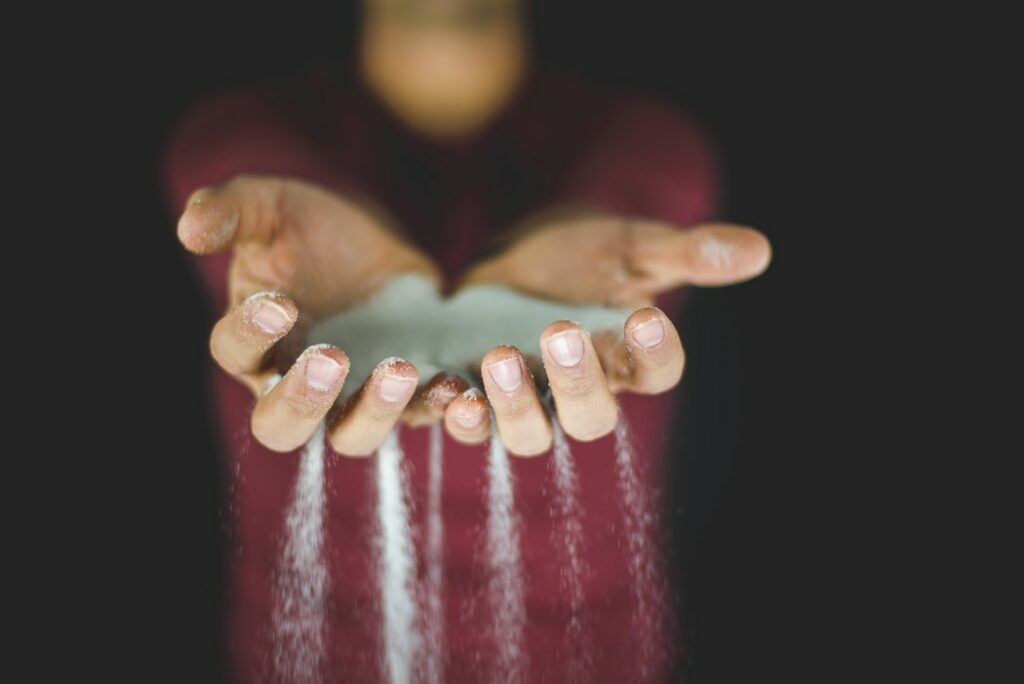
Then we looked at the usual suspects. He was standing and talking for the most part when getting his initial results – we had him sit quietly, in a chair, feet flat on the floor, back straight, with his arm on a table.
His results lowered, but remained considerably outside of his normal range.
Then one of our engineers asked him what he’d consumed the day before. He ticked off an (abnormally) healthy diet, followed by the phrase that was a Eureka moment for all of us:
“I took a bunch of salt supplements before I went out training in the hot weather.”
RECOMMENDATIONS FROM THE USDA & AHA
People generally aren’t surprised to learn that increased amounts of salt in your diet can increase your blood pressure, but most people don’t realize to what degree: Watching my very healthy colleague move from his normal blood pressure range into a highly hypertensive state (albeit temporarily) was eye-opening.
It peaked my curiosity about what we eat and how it (immediately) impacts blood pressure. So I did some digging on what’s recommended.
The U.S. Food and Drug Administration defines a high-sodium food as one that contains more than 480 milligrams of sodium per serving.
So how much salt is OK? The American Heart Association (AHA) recommends no more than 2,300 milligrams (mg) – that’s about 1 teaspoon – a day and an ideal limit of no more than 1,500 mg per day for most adults, especially for those with high blood pressure.
Currently – and maybe not surprising – the average American consumes more than 3,400 milligrams a day, an amount often found in a single restaurant meal. My favorite General Tso’s chicken dish has a whopping 2700 mg of sodium – more than the recommended daily amount in one serving.

TIPS FOR REDUCING SODIUM INTAKE
But take heart! The AHA has advice for people who want to lower sodium from their diets:
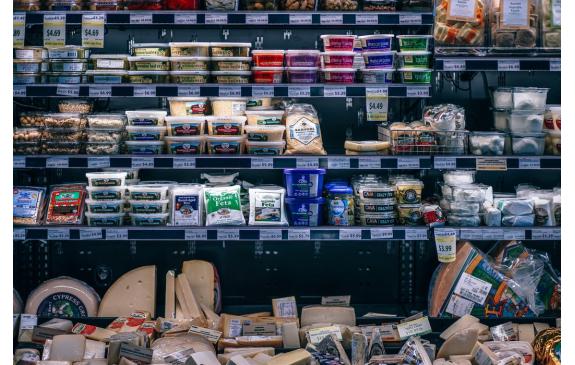
Check labels and reduce preservatives
Be aware of the sodium levels in: processed foods, natural foods with a higher-than-average sodium content (cheese, seafood, olives and some legumes) and salts (table salt, sea salt and kosher salt)
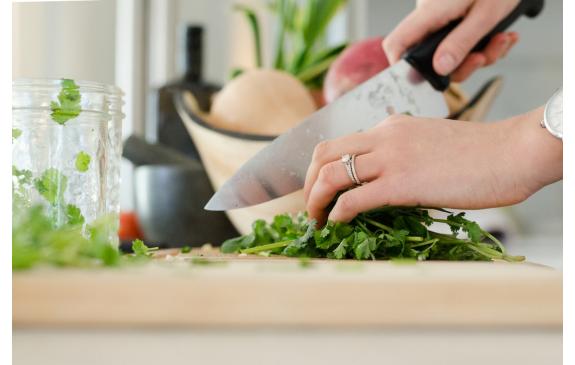
Shop smart, cook smart
Choose lower-sodium foods or low-sodium versions of your favorites.

Eat more fruits and vegetables
…and select unsalted nuts or seeds, dried beans, peas and lentils.
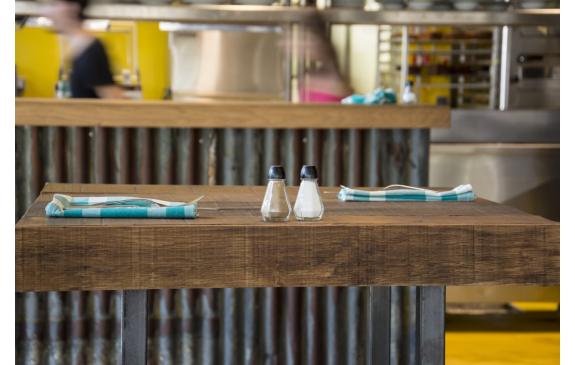
Don’t use salt during cooking
Tip: remove the salt shaker from your table so you won’t be tempted to add any later.
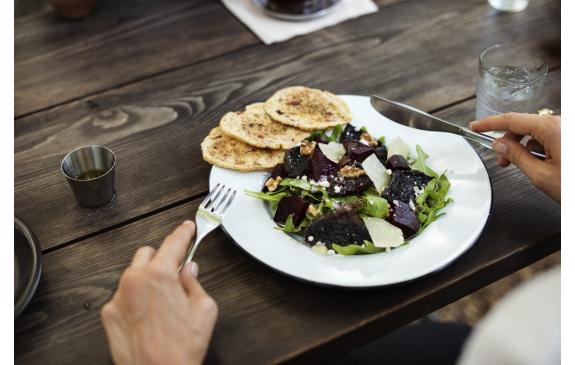
Reduce sodium when dining out
Be familiar with low-sodium foods and look for them on the menu. When ordering, be specific about what you want and how you want it prepared. Request that your dish be prepared without salt.
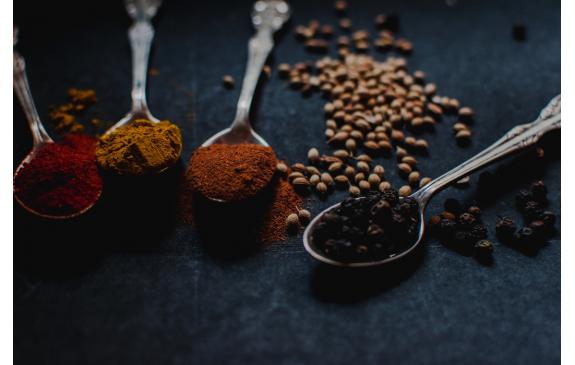
Use seasoning alternatives to spice it up
There is a rich world of creative and flavorful alternatives to salt. Get creative and experiment!
According to the AHA, lowering salt intake even a little bit can have a huge healthy impact on your heart. For more information on this topic from the AHA, you can visit their site.

